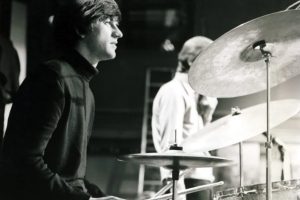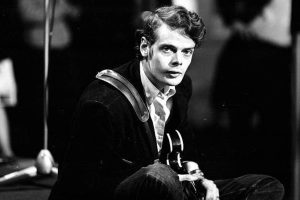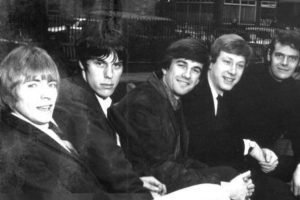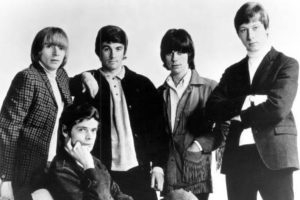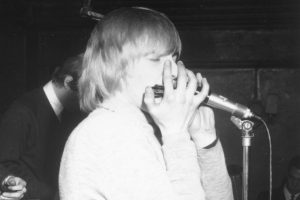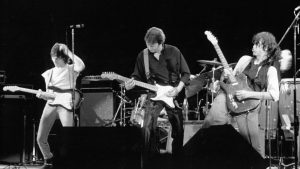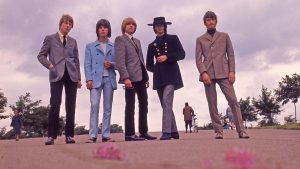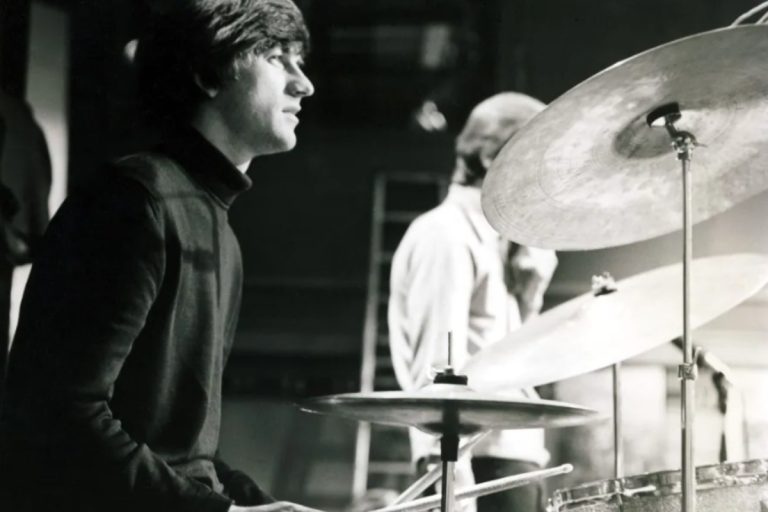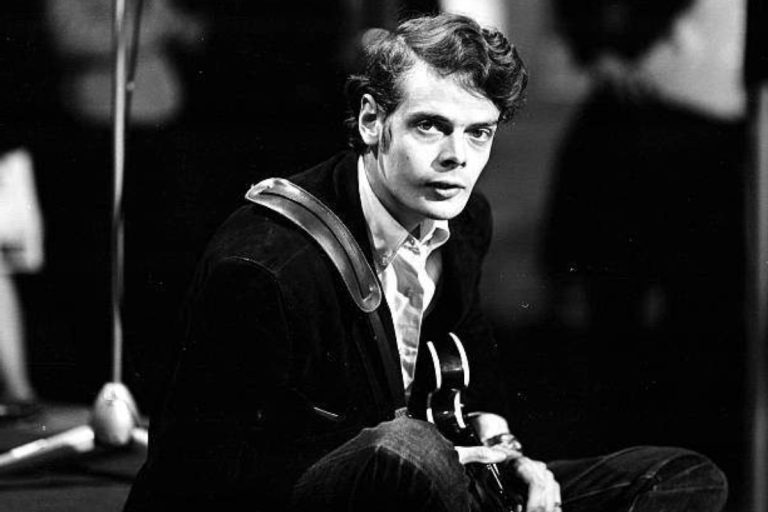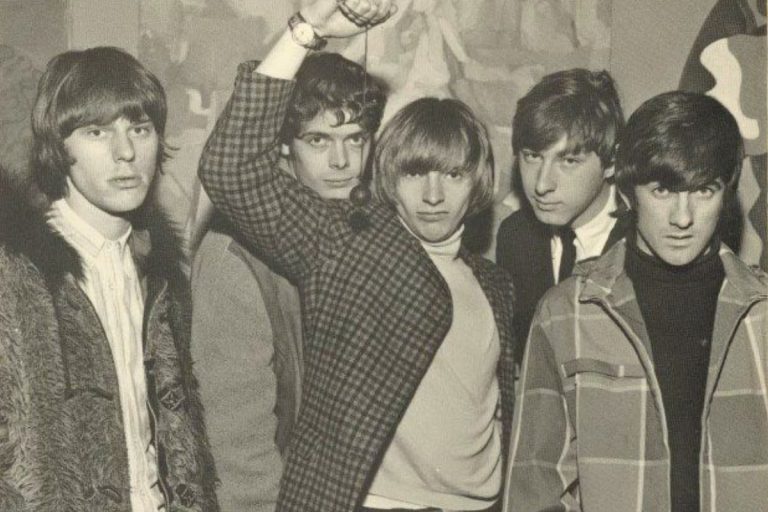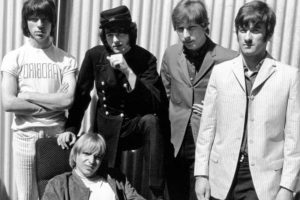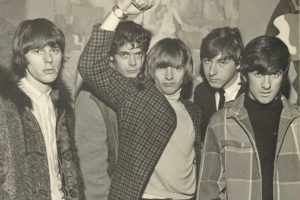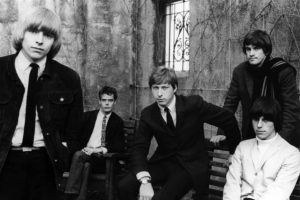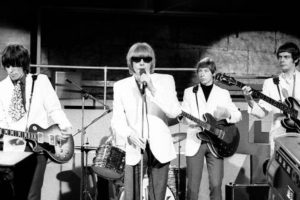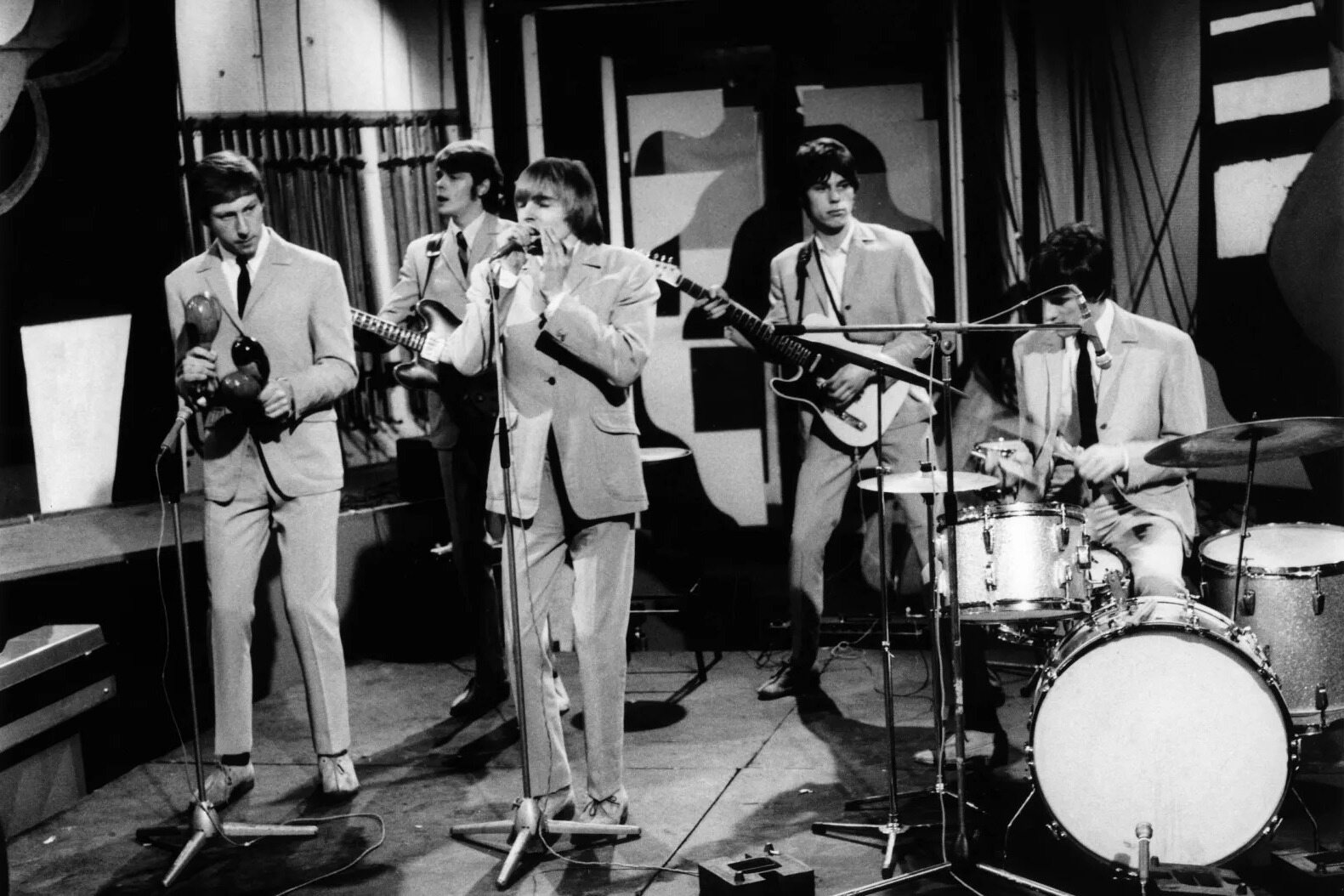
Setting the Stage for a Rock Revolution
The Yardbirds were not just a band; they were a phenomenon that defined the British blues and rock explosion of the 1960s. Known for their groundbreaking music and as a launchpad for legendary guitarists like Eric Clapton, Jeff Beck, and Jimmy Page, the Yardbirds left an indelible mark on the music world. They seamlessly merged traditional blues with experimental rock, pioneering sounds that would shape the future of the genre.
Their discography reflects a journey of evolution and experimentation, offering a window into the transformation of music during the vibrant 1960s. With each album, the Yardbirds not only redefined their sound but also pushed the boundaries of what rock music could achieve. In this article, we explore their albums and singles in detail, examining what makes each release a classic in its own right.
Section 1: Early Albums
Five Live Yardbirds: A Blues Powerhouse
In 1964, the Yardbirds made their explosive debut with Five Live Yardbirds, a live album that captured the raw energy of their performances. Recorded at London’s iconic Marquee Club, the album stands as a testament to the band’s ability to electrify audiences. Featuring Eric Clapton on lead guitar, the album highlights the band’s deep connection to traditional blues while offering glimpses of the innovation to come.
“Smokestack Lightning,” a Howlin’ Wolf cover, is a standout track that showcases Clapton’s fiery guitar solos and Keith Relf’s soulful vocals. The song’s intensity and the band’s tight chemistry brought new life to this blues classic. Meanwhile, “Good Morning Little Schoolgirl” reflects their ability to inject youthful exuberance into the blues tradition.
This album not only introduced the Yardbirds to the world but also positioned them as torchbearers of the British blues movement. It captured the spontaneity and unfiltered passion of their live shows, laying a strong foundation for their future studio work.
Section 2: Transition to Studio Albums
For Your Love: Breaking New Ground
The Yardbirds took a significant turn with For Your Love in 1965. This album marked their transition from pure blues to experimental rock, driven by the need to appeal to a broader audience. The title track, written by Graham Gouldman, became a massive hit, blending harpsichord-driven melodies with contemporary pop-rock elements. It was a far cry from their earlier blues-heavy material, yet it introduced them to a global audience and chart success.
This shift, however, came at a cost. Eric Clapton, dissatisfied with the band’s move away from traditional blues, left shortly after the album’s release. Despite this, the album demonstrated the Yardbirds’ willingness to evolve. Tracks like “I’m Not Talking” and “Putty (In Your Hands)” reflect a band experimenting with new sounds while maintaining their core identity.
Having a Rave Up with The Yardbirds: Innovation Meets Versatility
Later in 1965, the Yardbirds released Having a Rave Up with The Yardbirds, a hybrid album that combined live recordings with studio tracks. This album was a showcase of their versatility, with songs that balanced raw energy and polished innovation.
“Heart Full of Soul,” featuring Jeff Beck on lead guitar, introduced Indian-inspired sitar sounds into rock, signaling the Yardbirds’ foray into psychedelic experimentation. The result was a track that resonated with audiences and influenced countless musicians. Another standout, “I’m a Man,” delivered a high-energy reinterpretation of Bo Diddley’s classic, infused with relentless rhythm and searing guitar solos.
This album reflected the Yardbirds’ ability to evolve without losing the core of their sound. It bridged their blues roots with the experimental ethos that would define their later work, solidifying their status as innovators in the world of rock.
Section 3: Standout Singles
Singles That Shaped the Yardbirds’ Legacy
While the Yardbirds’ albums showcased their artistic evolution, their standalone singles further cemented their reputation as trailblazers. These tracks, often released between albums, allowed the band to experiment with new ideas and push musical boundaries.
“Shapes of Things,” released in 1966, is a prime example of their groundbreaking approach. Often regarded as one of the first psychedelic rock songs, the single combined socially conscious lyrics with innovative guitar techniques. Jeff Beck’s use of distortion and feedback on the track paved the way for the psychedelic movement that would dominate the latter half of the decade.
Another iconic single, “Train Kept A-Rollin’,” saw the Yardbirds reimagining a rockabilly classic with their signature intensity. The song’s driving rhythm and fiery solos, paired with Keith Relf’s electrifying vocals, made it a standout in their discography. These singles not only expanded the Yardbirds’ influence but also demonstrated their ability to adapt and innovate within the rapidly changing musical landscape.
Section 4: Post-Yardbirds and Compilations
Roger the Engineer: A Studio Masterpiece
In 1966, the Yardbirds released Roger the Engineer, a landmark studio album that encapsulated their creative peak. Featuring Jeff Beck’s innovative guitar work, the album blends blues, rock, and psychedelic influences into a cohesive masterpiece. Tracks like “Over Under Sideways Down” and “Jeff’s Boogie” highlight the band’s technical prowess and experimental spirit.
The album’s eclectic nature and lyrical depth made it a critical and commercial success, cementing the Yardbirds’ status as one of the most innovative bands of the era. Roger the Engineer is often cited as a precursor to the experimental rock albums that would emerge in the late 1960s.
Compilations and the Band’s Enduring Influence
After their disbandment in 1968, the Yardbirds’ legacy continued through compilations that introduced their music to new generations. Albums like The Yardbirds Greatest Hits and The Ultimate Yardbirds Collection compiled their most influential tracks, keeping their music alive and relevant.
These compilations not only celebrated the band’s achievements but also underscored their pivotal role in the evolution of rock. Through these releases, the Yardbirds remained a cornerstone of classic rock history, inspiring countless musicians and fans alike.
Reliving the Yardbirds’ Musical Genius
The Yardbirds’ discography is a testament to their artistry, adaptability, and innovation. From their raw blues beginnings to their genre-defining experiments with rock and psychedelia, their music reflects a band unafraid to push boundaries. Each album and single captures a moment in time, offering a glimpse into the evolution of rock music during one of its most transformative eras.
Whether you’re a lifelong fan or a newcomer, revisiting the Yardbirds’ music is an invitation to experience the genius of a band that helped define the sound of a generation. Their legacy endures, not only in their own work but also in the influence they had on some of the greatest artists in rock history.
